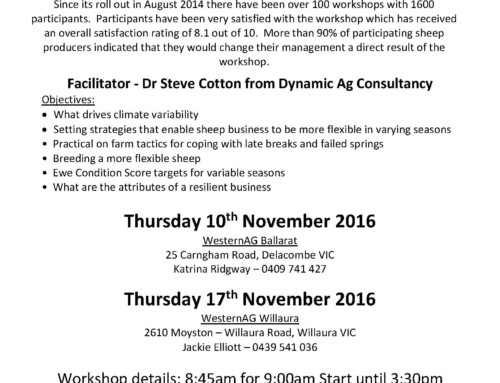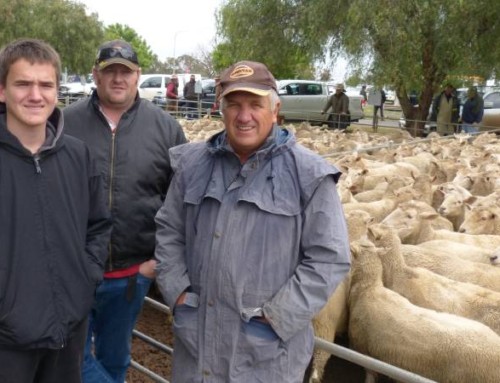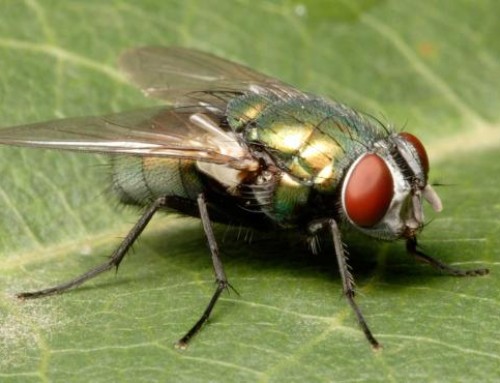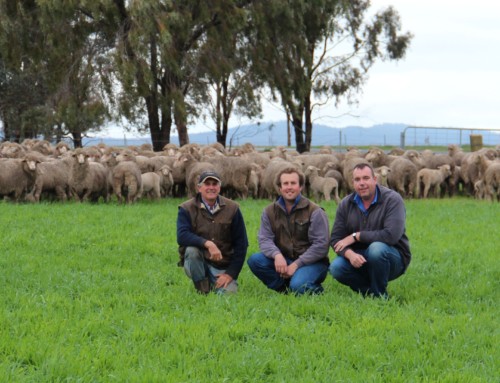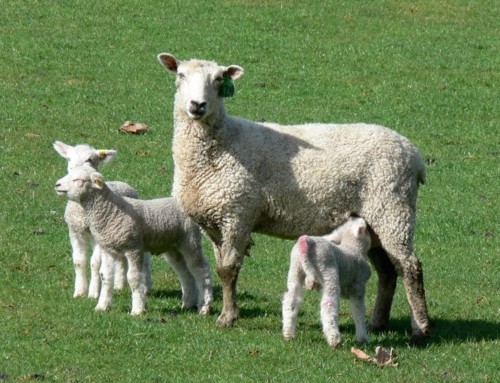I was recently invited to speak at a lamb feedlot day to an audience of 90 sheep producers from across the Wimmera and Mallee. The event was organised by Agritech Rural and Rodwells in Horsham and included a presentation from Pete Mecham of Zoetis. The stock agents were keen to engage their clients and discuss the possibility of feeding lambs longer this year due to the lower cost of grain. We worked through a simple feedlot budget and costed out variable, overhead, labour and feed costs against income of carcass, skin and wool sales. The profitability of a lamb feedlot is largely determined by lamb purchase price, carcass sale price, feed intake, growth rate and feed conversion, cost of feed, mortality rate and scale of operation. We primarily focused on finishing home grown lambs and therefore the “sums” looked good as we did not allocate any depreciation costs on capital/machinery and did not value our labour input. An important consideration to remember is that we must value our grain at what we can sell it for. If we value barley at $180/t on farm, then for lambs that dress at 44% and a sale price of $5/kg dress weight, using this barley for red meat production values it at $275/t (excluding labour to feed it and store it) compared to $180/t sold out of the silo. There are plenty of examples of farmers that feed concentrates to lambs and do it very well. It is not always necessary to have the ‘best’ infrastructure either, the best lamb feedlots I work with have a fairly simple set up, know their break-even point, the do their sums and make non-emotional decisions on buy/sell options. If you do plan to finish lambs this year, I would encourage you to secure a sell market and price. Working with your agent and with a forward contract can take the sting out of a lot of hard work, particularly if the market price drops or becomes stagnant.
Geoff Duddy has written an excellent article on feedlotting lambs and can be found by clicking HERE



